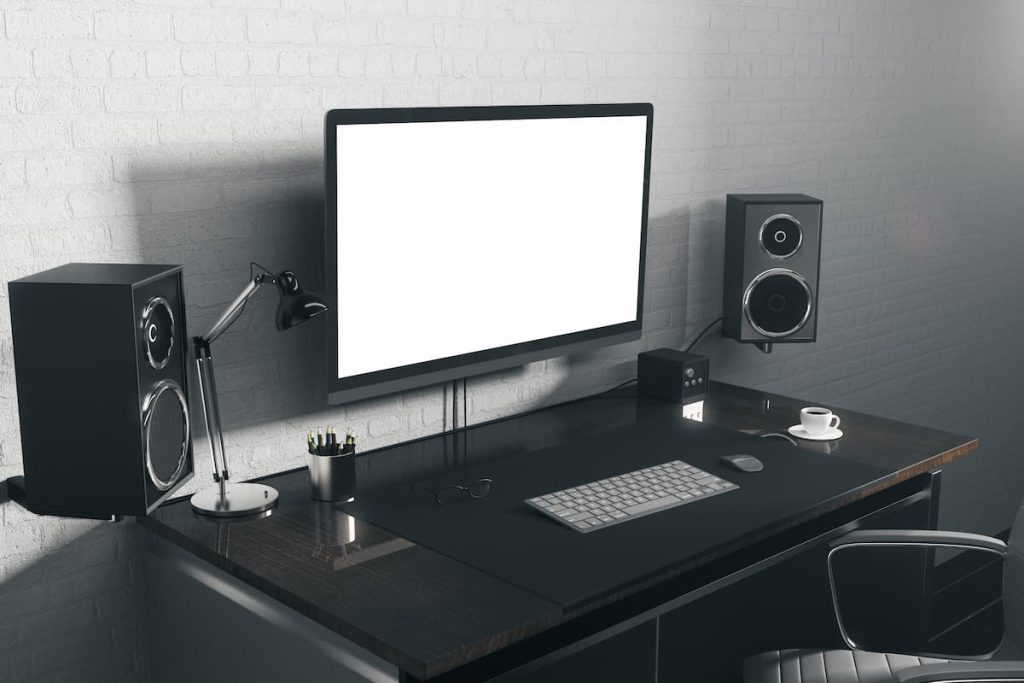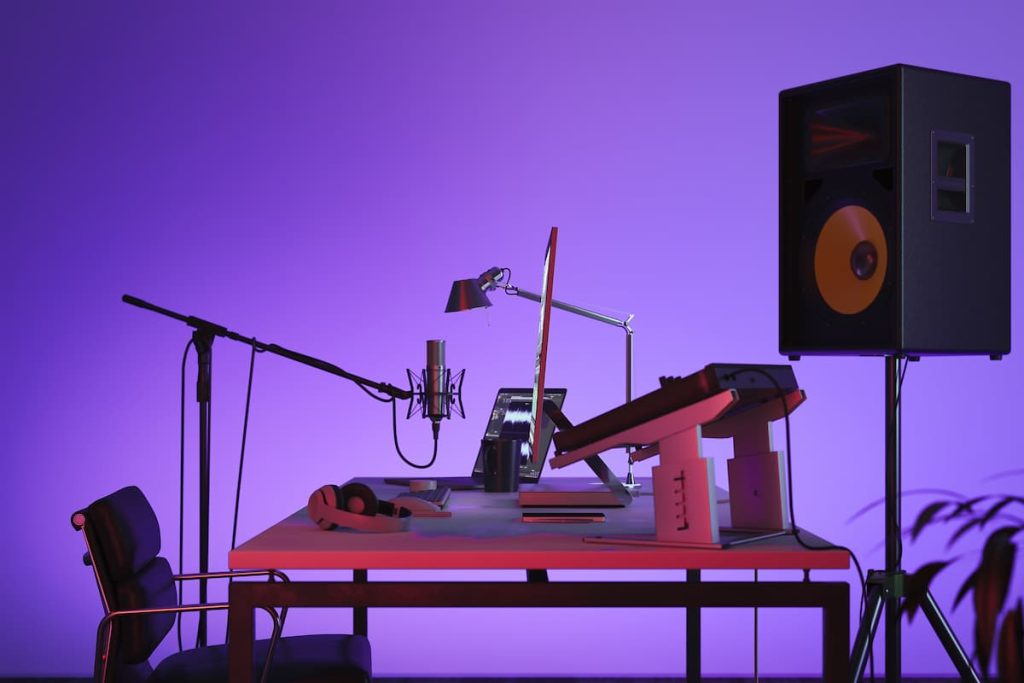5 Features To Consider When Choosing Studio Monitor Speakers
Whether you’re a musician, podcaster, audio engineer, or simply enjoy listening to high-quality audio, getting the proper equipment matters. As you probably already know, different speakers or headphones have different qualities. Some sound better than others, while others could be called decent.
Although, you don’t have to have good ears to differentiate between cheap speakers and outstanding sound quality. If audio is important to you, getting the right studio monitor speakers could be an excellent investment. To learn more about some of the best kinds of speakers, read more here.
When shopping for monitor speakers, here are some features to look out for.
1. Size Of The Speakers

If regards to the trends in audio devices, it seems like newer brands are coming out with more compact speakers or headphones. Smaller speakers could look sleeker, take up less space, or have more portability.
However, when buying studio monitor speakers, it’s essential to consider how sound travels, especially in different rooms. Depending on the area, the sound could vary; like how music in a cathedral could sound hollow or echoey.
When picking the size of speaker, think about the area in which you will be using them. A smaller room could pair well with smaller studio monitor speakers. For a standard-sized room, 5-inch speakers might be a perfect choice.
If the sizing of a particular brand is limited, you might want to venture out to other products to find more options. There’s a plethora of monitor speakers that are smaller than 5-inches which could be perfect for smaller spaces. Take your time searching through different features and sizes before making a final decision to purchase.
2. Accurate Audio Translation
There’s many different kinds of speakers; some offer different specs like surround or boosted bass sounds. What makes studio monitor speakers different from other audio devices is their accurate sound delivery.
Specific sound delivery means your studio monitor speaker will provide you your audio as it sounded when it was recorded. This ability gives you a listening experience as though the music is live.
However, accurate audio translation could be both a blessing and a curse. If the audio recording is amateur or poor, it will be reflected in the audio quality. There’s no way to mask the track to make it sound better because the music is fed to you in its original format.
A speaker’s audibility is important; both in pre-production with an engineer or post-production when listened to. For audio engineers, whether they’re editing a song or podcast, using a studio monitor speaker allows to hear a track in its rawest form, opening up the chance to hear flaws and clips they can edit to enhance the sound.
The accuracy monitor speaks gives translates to the audio translation a listener receives. So, listening to how different kinds of monitor speakers produce a track matter. It would be best to listen to each type of speaker to find out how accurately they release music or other types of audio.
3. Passive Or Active Speakers

If you’re familiar with musical or audio equipment, you’ll know about passive or active audio speakers. But, if not, here’s a brief explanation of the difference between the two:
- Passive Speakers – no built-in amplifier
- Active Speakers – has a built-in amplifier
Passive speakers do not include an amplifier, the power needed to amplify sound. You’ll have to acquire an amplifier on your own, which will add to your financial investment. However, it’s worth remembering that bigger speakers, or drivers as they’re known, on a passive device could give you better and clearer sound than smaller drivers that are normally installed on active speakers. If you want to use a bigger driver, you’ll have more options if you invest in a passive speaker.
On the other hand, although active speakers have to be plugged directly into an outlet to be powered up and tend to be more expensive, active speakers are easier to use and more people prefer them.
4. Flat Frequency Response
Frequency response is one way to determine whether a speaker can give you high-quality sound. When recording, flat frequency is essential so the recording is as accurate as possible. Simply put, frequency response refers to the final sound produced by your sound system.
Here are some signs a speaker doesn’t have a flat frequency response:
- Too much bass
- Harsh high frequency
- Intense sub-bass
- Bass does not ring
- Bass is too prominent
- Muffled vocals
- Unable to translate details
- Low mid-range
- Excessive treble
The flatter the frequency response, the more balanced and accurate the sound is. Experienced audio technicians will tell you when an audio’s frequency response is great, when you listen to the audio, you should be able to get an image of the room it was recorded in. If you’re not as well-versed in tones and frequency, looking for reviews from experts might be your best bet.
5. The Right Power Rating
Whether you’re using passive or active speakers, how you power them matters. Pay attention to the power specifications because this will determine whether you’re using and caring for them correctly.
Using the correct ‘watts,’ the unit commonly used for measurement, ensures the speakers are functioning to their highest potential. You could expect the sound to enhance exponentially if the unit is plugged into the proper power supply. But if the power supply is either too high or low, the sound could end up distorted or muffled. It could also end up overheating or frying the speakers and lead them to become permanently damaged.
Monitor speakers have a range of minimum and maximum power ratings. Be sure not to undershoot the amount of power needed to operate as well as go over the maximum power rating. If you do, you run the risk of creating a problem you’ll be unable to fix and have to invest more money in replacing damaged parts.
Here are other things to look out for when it comes to the power rating of the speakers:
- Suggested amplifier range
- Impedance
- Peak values
- Amplifier vs. speaker power
Related:
Conclusion
While more speakers are advertised to produce high-quality sound, most studio monitor speakers still have better quality. However, since this technology is usually meant for recording, it could be intimidating to switch. But you’ll be surprised how simple these devices are after you do a bit of research. When comparing your options, study up, look for reviews, and listen to experts.


